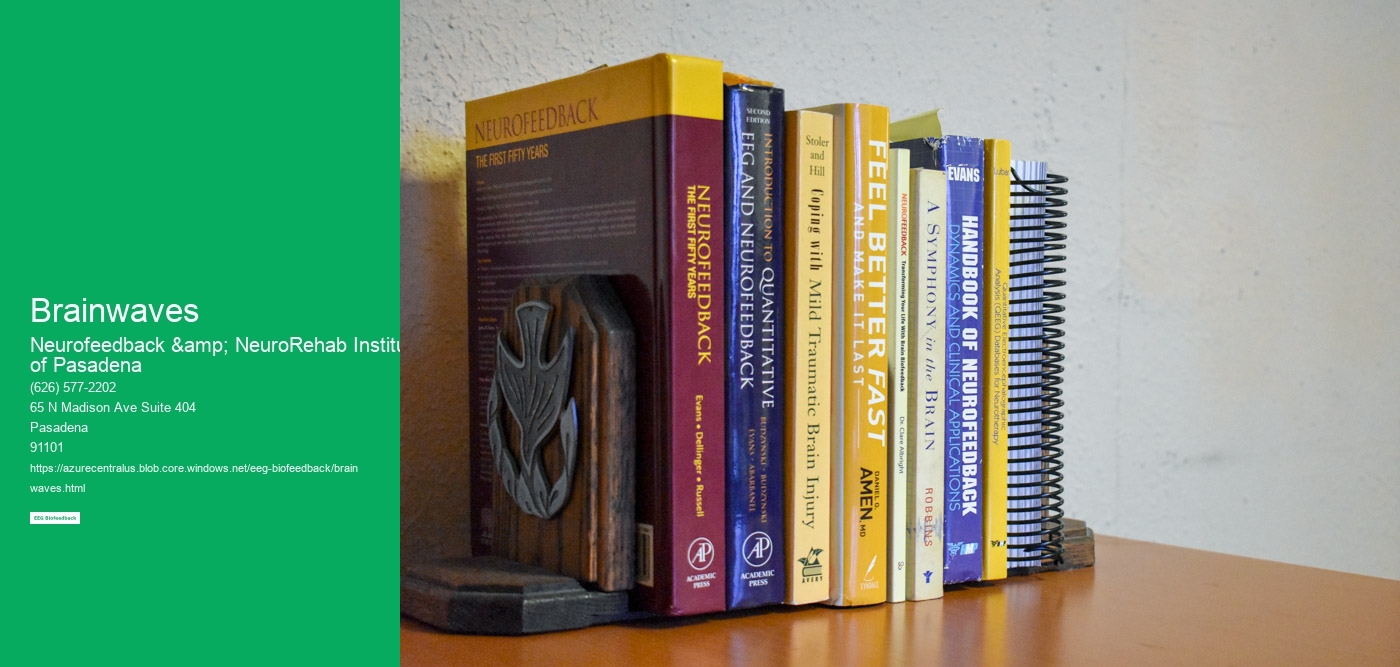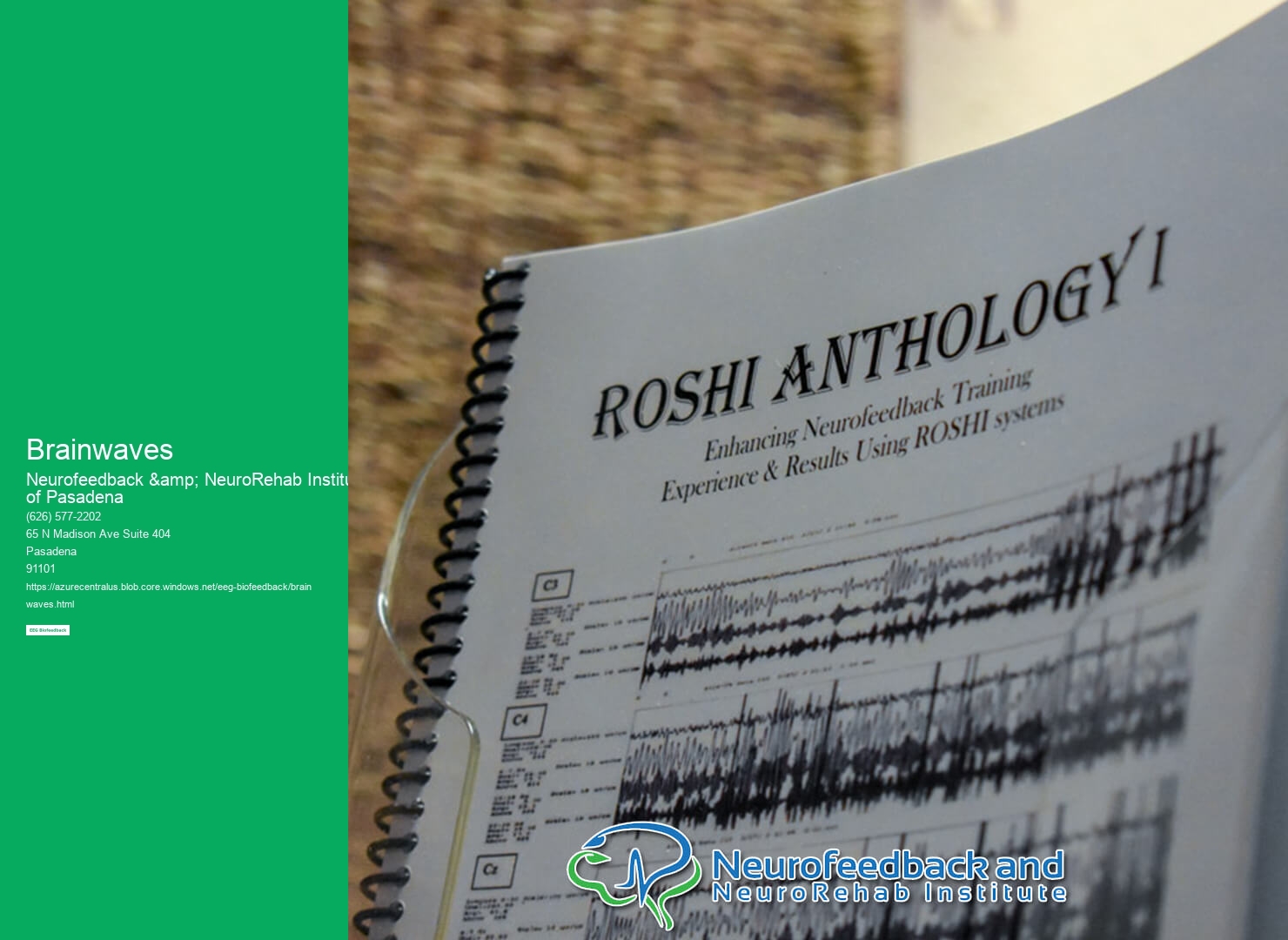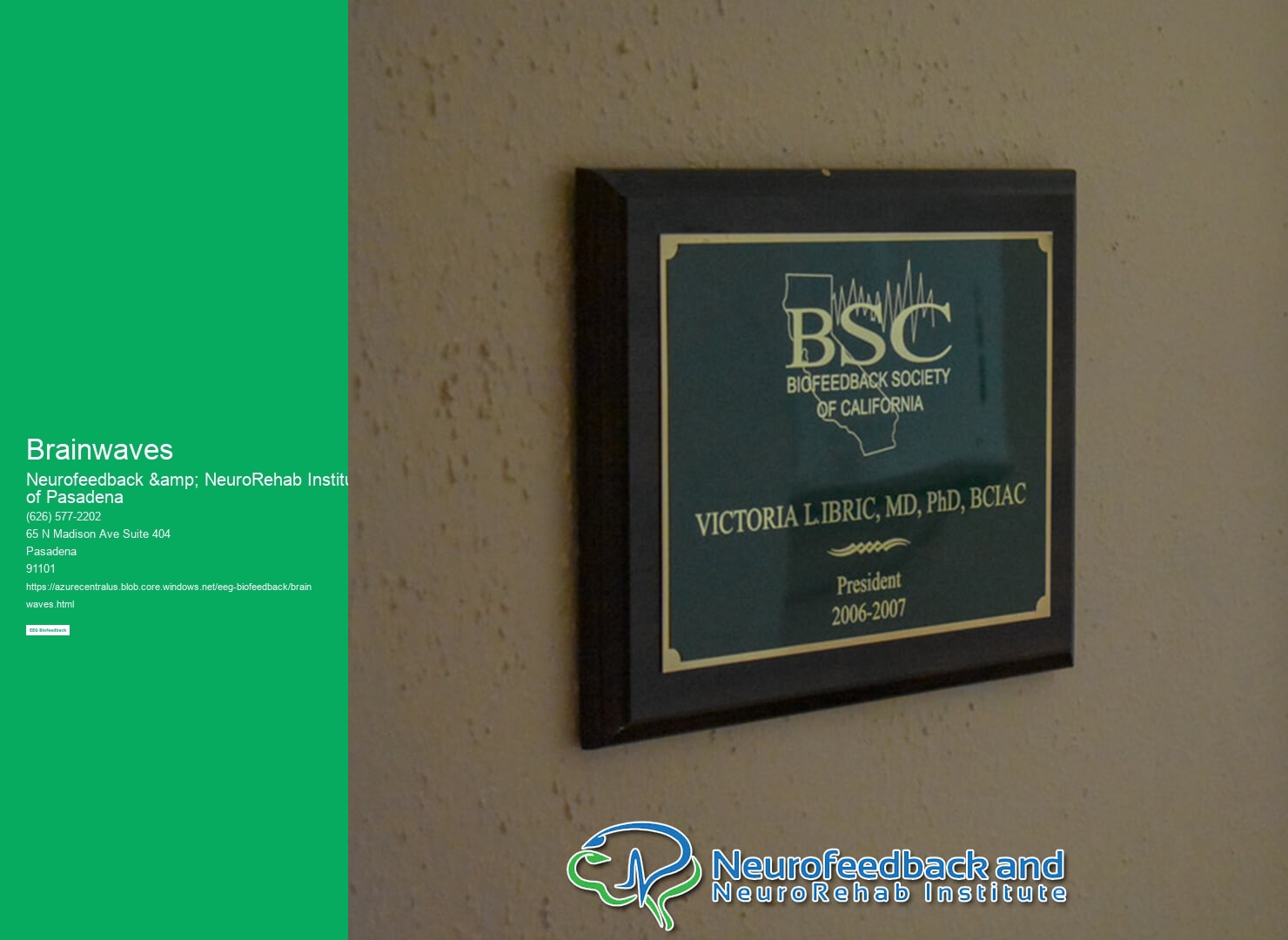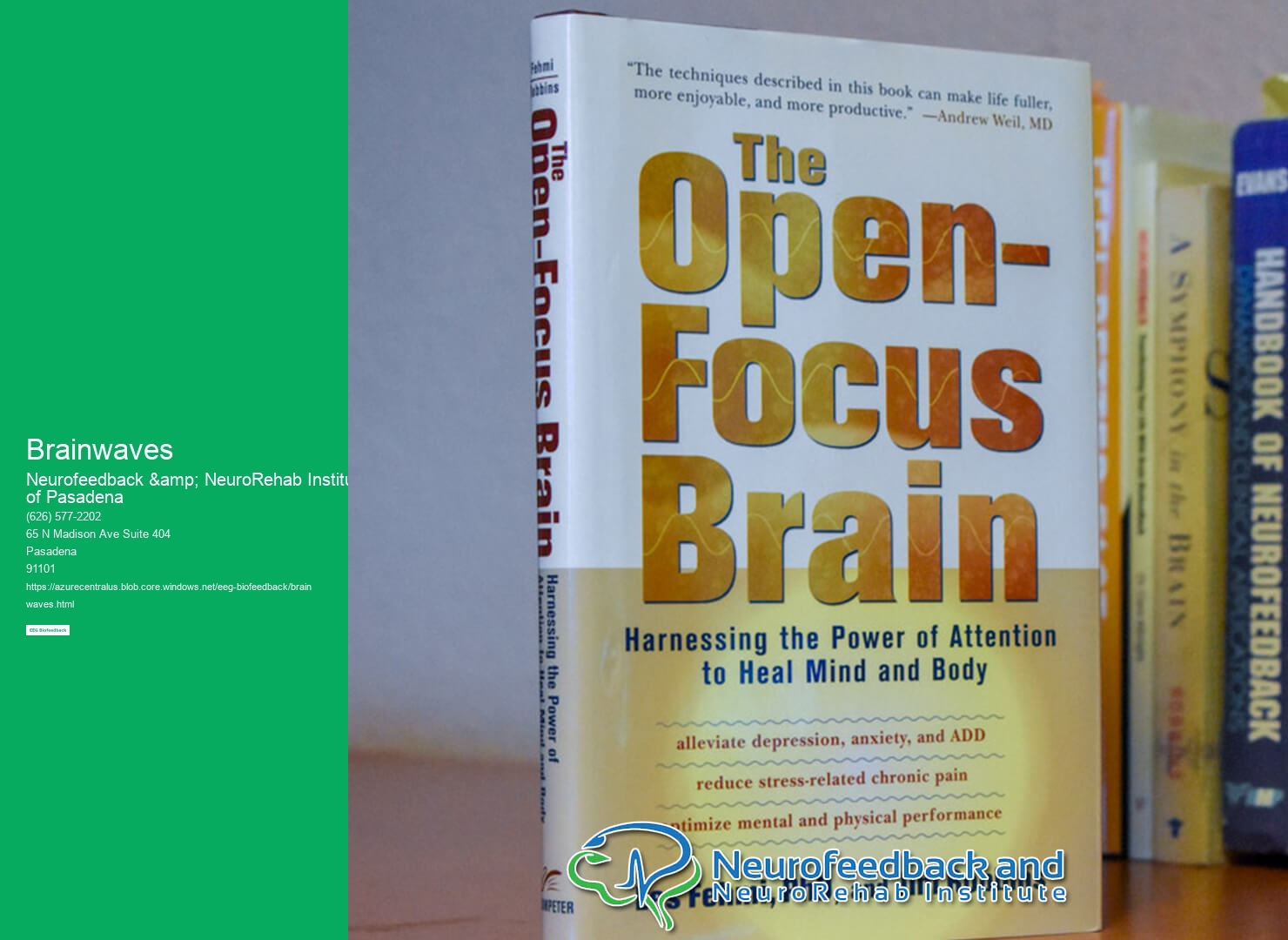

Brainwaves are electrical patterns of activity that can be measured using an electroencephalogram (EEG). There are several types of brainwaves, each with its own frequency range and associated functions. The different types of brainwaves include delta waves (0.5-4 Hz), which are typically observed during deep sleep and are associated with restorative processes in the body; theta waves (4-8 Hz), which are present during light sleep and daydreaming, as well as during creative and meditative states; alpha waves (8-12 Hz), which are associated with relaxation and a calm, focused state of mind; beta waves (12-30 Hz), which are present during active thinking, problem-solving, and concentration; and gamma waves (30-100 Hz), which are associated with higher cognitive functions such as perception, attention, and memory.
Brainwaves undergo distinct changes during different stages of sleep. During the initial stage of sleep, known as non-rapid eye movement (NREM) sleep, the brain transitions from alpha and beta waves to slower theta waves. As sleep deepens, delta waves become more prominent. This deep sleep stage, also known as slow-wave sleep (SWS), is crucial for physical and mental restoration. Rapid eye movement (REM) sleep, which is associated with dreaming, is characterized by a mix of brainwave activity, including theta and beta waves. These changes in brainwave patterns during sleep reflect the different physiological and cognitive processes that occur during each stage, such as memory consolidation, emotional processing, and dreaming.
Brainwaves and meditation are closely linked. During meditation, individuals often experience a shift in brainwave activity towards slower frequencies, such as theta and alpha waves. This shift is associated with a state of deep relaxation, heightened awareness, and increased mindfulness. Regular meditation practice has been shown to promote long-term changes in brainwave patterns, leading to improved emotional well-being, stress reduction, and enhanced cognitive abilities. The ability to consciously modulate brainwave activity through meditation techniques highlights the potential for harnessing brainwaves as a tool for self-regulation and personal growth.

Brainwaves can provide valuable insights into the functioning of the brain and can be used to aid in the diagnosis of neurological disorders. Abnormal patterns of brainwave activity, such as excessive delta or theta waves, can indicate conditions such as epilepsy, sleep disorders, or attention deficit hyperactivity disorder (ADHD). EEG recordings are often used in clinical settings to detect and monitor these conditions, as well as to assess the effectiveness of treatments. However, it is important to note that brainwave patterns alone are not sufficient for a definitive diagnosis and should be interpreted in conjunction with other clinical assessments and tests.
Brainwaves play a crucial role in memory and learning processes. Different types of brainwaves are associated with different aspects of memory and learning. For example, theta waves have been linked to the encoding and retrieval of episodic memories, while gamma waves are involved in the integration of information across different brain regions. Alpha waves, on the other hand, have been associated with improved attention and working memory performance. By understanding the relationship between brainwaves and memory, researchers can develop strategies to enhance learning and memory retention, such as using specific frequencies or patterns of brainwave stimulation.


Brainwaves are closely tied to attention and focus. Beta waves, in particular, are associated with alertness, concentration, and active thinking. When we are engaged in a task that requires focused attention, beta waves tend to dominate. However, excessive beta wave activity can lead to feelings of anxiety or restlessness. On the other hand, alpha waves, which are present during relaxed and calm states, have been linked to improved attentional control and the ability to filter out distractions. By understanding the interplay between different brainwave frequencies, researchers can develop interventions to enhance attention and focus, such as neurofeedback training or brainwave entrainment techniques.
Brainwave entrainment is a technique that uses external stimuli, such as rhythmic sounds or visual patterns, to synchronize brainwave activity with a desired frequency. This technique has been used to enhance cognitive performance in various domains. For example, studies have shown that alpha wave entrainment can improve creativity and problem-solving abilities, while theta wave entrainment has been found to enhance relaxation and meditation. Brainwave entrainment can also be used to improve focus and attention by stimulating beta wave activity. By leveraging the power of brainwave entrainment, individuals can potentially optimize their cognitive abilities and achieve desired mental states for improved performance in various tasks, such as studying, working, or engaging in creative pursuits.

EEG biofeedback, also known as neurofeedback, has shown promise as a potential tool for academic improvement in educational settings. By measuring and providing feedback on brainwave activity, EEG biofeedback aims to enhance self-regulation and cognitive functioning. This non-invasive technique can help students develop better attention, focus, and concentration skills, which are crucial for academic success. Additionally, EEG biofeedback has been found to reduce stress and anxiety, which can hinder learning and performance. By incorporating EEG biofeedback into educational programs, educators can provide students with a personalized and targeted approach to improving their academic abilities.
Yes, there are specific electrode placements that can be used to target different brain regions in EEG biofeedback. The selection of electrode placements depends on the specific brain region that is being targeted for treatment or training. For example, if the goal is to target the prefrontal cortex, electrodes may be placed on the Fp1 and Fp2 positions. Similarly, if the goal is to target the occipital lobe, electrodes may be placed on the O1 and O2 positions. Other commonly used electrode placements include C3 and C4 for targeting the motor cortex, T3 and T4 for targeting the temporal lobes, and P3 and P4 for targeting the parietal lobes. It is important to note that the specific electrode placements may vary depending on the individual's unique brain anatomy and the specific goals of the EEG biofeedback treatment.
EEG biofeedback, also known as neurofeedback, is a non-invasive technique that can be used to treat a variety of neurological conditions. It involves monitoring and providing feedback on brainwave activity in order to train the brain to function more efficiently. This technique has been found to be effective in the treatment of conditions such as attention deficit hyperactivity disorder (ADHD), autism spectrum disorder (ASD), anxiety disorders, depression, and post-traumatic stress disorder (PTSD). By targeting specific brainwave patterns associated with these conditions, EEG biofeedback can help individuals improve their attention, focus, emotional regulation, and overall cognitive functioning. Additionally, it has been used to alleviate symptoms of migraines, chronic pain, and sleep disorders. Overall, EEG biofeedback offers a promising approach for the treatment of various neurological conditions, providing individuals with a non-pharmacological and personalized treatment option.
Yes, there are standardized assessment tools commonly used to evaluate the effectiveness of EEG biofeedback. These tools include measures such as the EEG Power Spectral Analysis, which assesses the distribution of different frequency bands in the brain's electrical activity. Another commonly used tool is the Event-Related Potentials (ERPs), which measures the brain's response to specific stimuli. Additionally, the Neurofeedback Rating Scale (NRS) is often used to assess changes in symptoms and functioning before and after EEG biofeedback training. These standardized assessment tools provide objective measures of the effectiveness of EEG biofeedback and help clinicians and researchers evaluate the outcomes of this intervention.